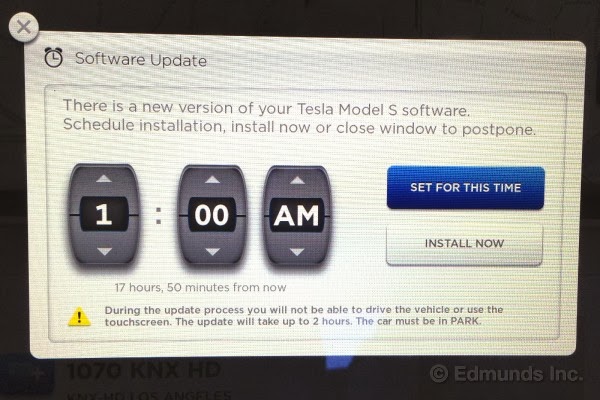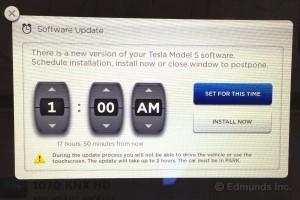February 21, 2014 – While here in Florida I have had two interesting events occur related to our van, a 2006 Mazda MPV. Yes, I drive an old minivan because when traveling for over a month I can pretty much haul the entire house with us including all our dog paraphernalia (crate, food, toys and treats), a portable fridge, all our luggage, the pillows we like and enough additional room for anything we buy along the way.
This trip, however, has been more eventful than most. We came south in brutal cold. A stone hit our windshield and what was a chip became a crack when we turned on the defroster after another cold night. That had to be replaced once we got to Florida. But then while driving back from visiting family the engine light turned on displaying a warning. My wife looked at the manual which we seldom crack open and it stated that the light comes on for three reasons – an electrical problem in the engine, an exhaust problem, or a dislodged gas cap.
That meant finding a dealer or mechanic with the computing technology to plug into my car’s dataport and run a diagnostic. So I spent the morning at the local Fort Lauderdale Mazda dealer who after running the test for an hour came back and told me what I had experienced was a transient event while approaching the speed of 70 miles per hour on the highway at 1:26 p.m. in the afternoon. Nothing was wrong with the van. It was an isolated incident. Could have been vapour lock. Could have been an impurity in the fuel. But it was nothing to worry about. With $120 U.S. less in my pocket I at least had the satisfaction to know that the van was good to go for the return trip to Toronto in March.
But that got me thinking. Why can’t car diagnostics be something you can do over the Internet? And sure enough I discovered only yesterday that automobile manufacturers are starting down that path, and not just diagnostics, but also repair.
In an article published in the MIT Technology Review, entitled, Why Your Car Won’t Get Remote Software Updates Anytime Soon the author described a recent Toyota recall of 2 million cars that involved uploading new software patches. Without them there was the potential for the cars to stall suddenly or even crash. As you can imagine a recall of that size is enormously costly. One would think in a wireless networking age and with so many vehicles having wireless capability that Toyota could have sent out these software updates over the Internet to all owners who could then follow a few simple upload instructions and even test their car’s systems to ensure the new software was working.
Sounds like fiction? It’s not if you own a Tesla Motors automobile. Tesla recently notified over 29,000 owners of its Model S about a problem with the software that monitors the rate of discharge of power from the batteries. None of the customers had to bring their cars into Tesla. Instead the repair was automatically uploaded to the on board computer system in every affected vehicle.
For Elon Musk, the founder of Tesla Motors, the word recall is no longer part of the company’s vocabulary. When recently interviewed about the software update and diagnostic capability he argued, “the word recall needs to be recalled.”
Drivers of Tesla’s Model S commonly receive updates to address problems and enhance performance. Recently when several Model S cars caught fire after collisions with objects while driving at high speed Tesla sent out an update to change suspensions settings to give the vehicles greater clearance under these type of driving conditions.
With software becoming a significant part of every new automobile and truck it appears that not just Tesla will be implementing a new strategy to deal with recalls. There remain many challenges. Tesla is still dealing with small quantities. GM, Ford, Toyota and others have many millions of vehicles on the road, and many different models. There are security challenges. If you can send code wirelessly to cars then you can also hack that code or even take over the operational control of a vehicle while it is being driven.
So here’s my ideal future scenario for the most recent event that happened with our van. When the vehicle’s computer sensed the engine anomaly it would have informed me, the driver, of its occurrence and the plan of action. It would have sent a message encapsulating the data details to Mazda’s operational centre. Mazda’s automated computer diagnostics system would have analyzed the data and relayed back information to the van telling it to inform me the driver that I had nothing to worry about. I might have gotten that message over my smartphone or if my vehicle had a message centre display, it would have come up on screen. And I wouldn’t have wasted a beautiful sunny morning in Florida driving over to a dealership and forking out $120. Hope someone from Mazda headquarters gets to read this.












